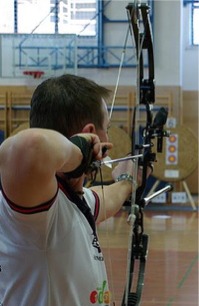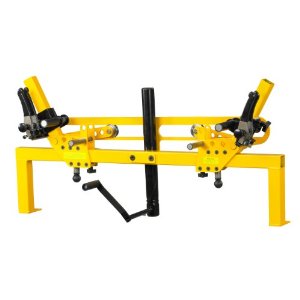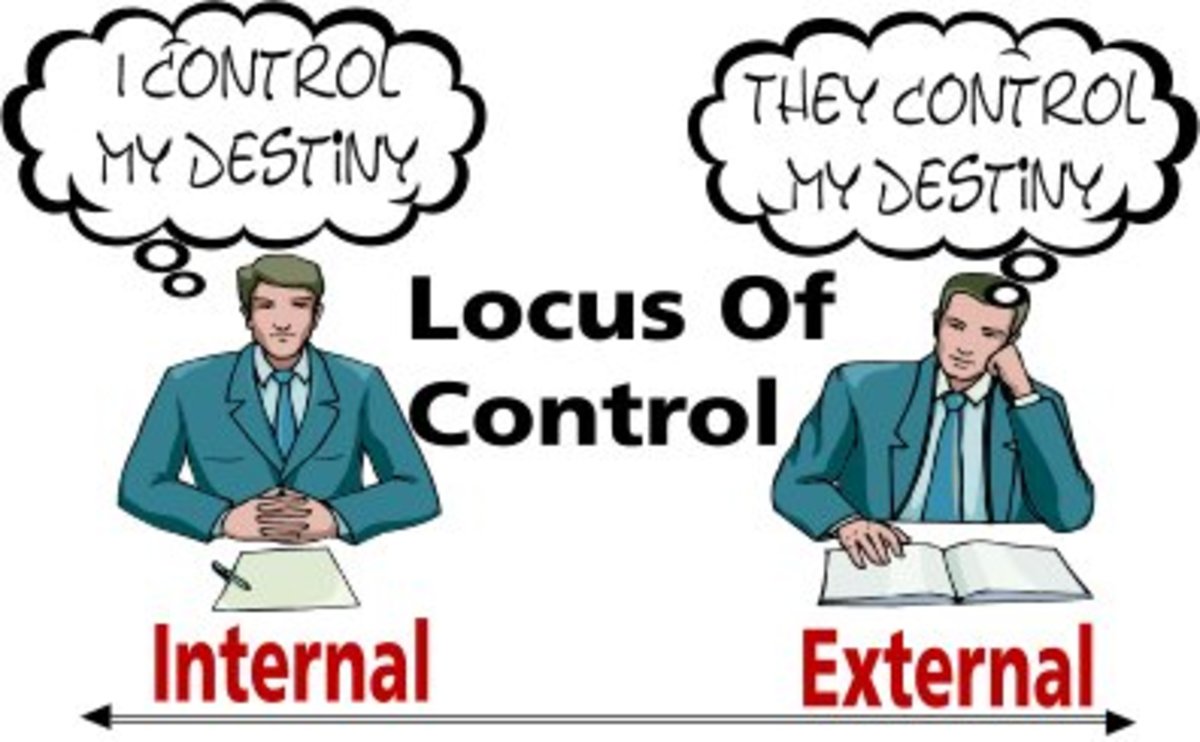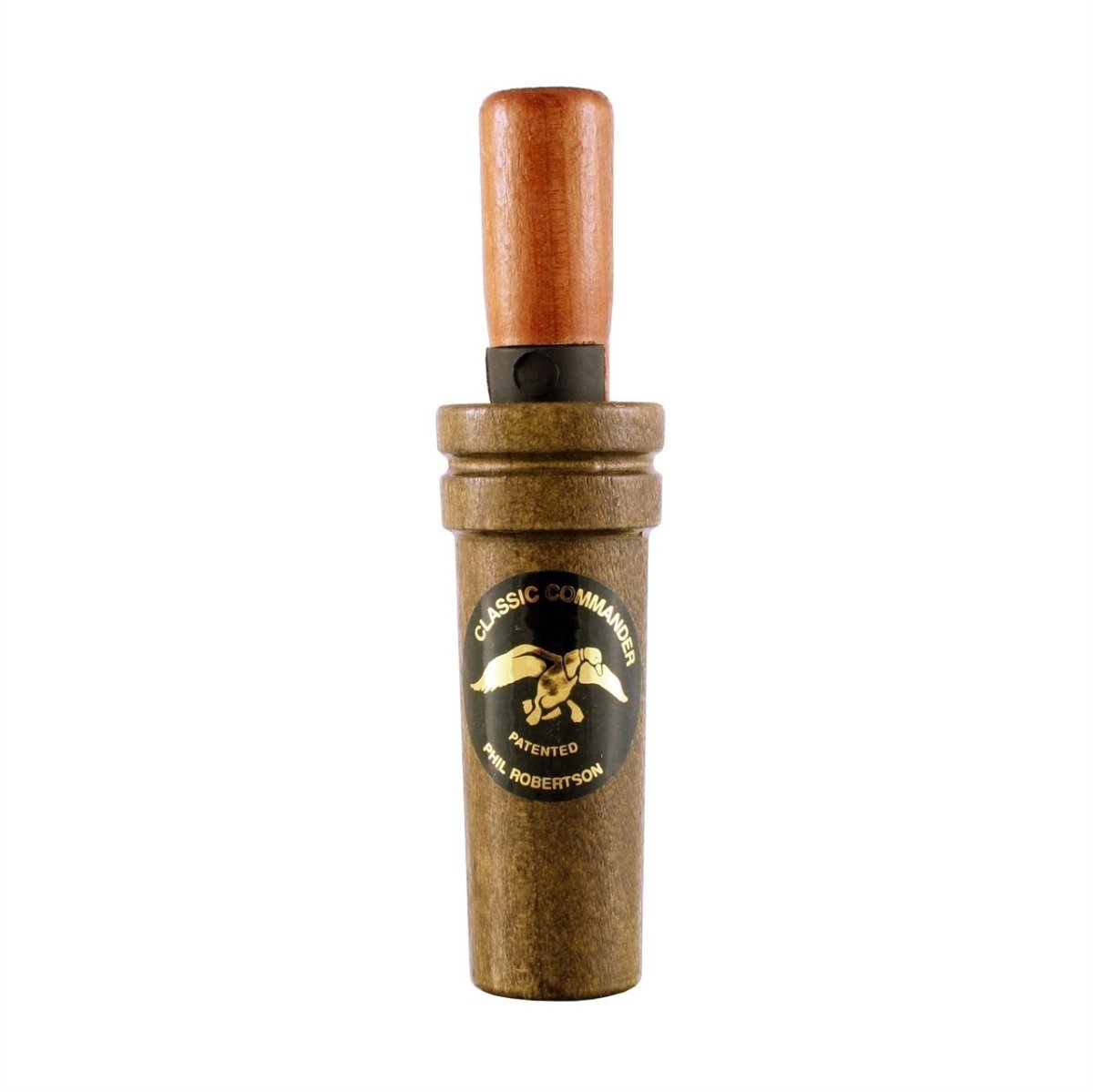Archery Tips for Bow Hunters
How to Shoot More Consistently
Archery is like many other sports. To get better at it you must practice. I've spent more hours on the archery range than I care to recall, but that time has helped me to hone my skills and be confident in my shooting ability.
There are many factors that can adversely affect your shooting consistency. I label these as internal and external factors. Internal factors have to do with things that you can control, like your form, anchor point, and bow hand torque. External factors have to do with your equipment, like having an improperly tuned bow. You may wish to seek the services of a local archery shop to help address any external factors.

Consistent Form Equals Consistent Shooting - Internal Factors
Stance
You want to have a good stance. Your feet should be a shoulder's length apart so that you have a comfortable and balanced stance. Your arm that is holding your bow should be fully extended, but your elbow should not be locked. The picture to the right represents a good stance.
Bow Hand Grip
You want to make sure that you have a loose grip. Picture your thumb and index finger forming a V. The bow grip should be resting in that V, and then you should lightly wrap your thumb and fingers around the bow grip. Lightly is the key here. There is something called 'bow hand torque' that plagues many archers. A tight grip on your bow grip can cause you to torque the bow to the left or right, potentially throwing your shot off by several inches horizontally. This error gets amplified with longer shots.
String Grip
Traditional bow hunters will shoot using their fingers on the string. While this is how I started off, I recommend using a release aid. A release clamps around the string and is used to bring the bow to full draw. Once at full draw, you barely need to move your finger on the trigger of the release to fire your arrow. I feel that a release aid gives an archer the most consistent method of cutting an arrow loose.
Consistent Anchor Point
When you bring your bow to full draw, the spot where the string touches your face or comes to rest is your anchor point. You may also define your anchor point by where your bow string hand comes to rest at full draw. I find my anchor point by having my hand touch the tip of my right ear lobe in the exact same spot each time. An inconsistent anchor point may cause you to shoot high or low. It is important to find your anchor point and ensure that you use the same spot consistently.
Relax
Make sure that you are relaxed when you are shooting your bow. Being tense can cause torque that will affect your shot. Make sure that you are not struggling to maintain your draw.
Proper Distance Estimation
Incorrectly estimating distance to the target will cause inconsistent shooting. With sight pins tuned for specific distances, you need to ensure that you know the distance to your target and are using the correct sight pin. Hand held archery rangefinders or bow mounted rangefinders like the Leupold Vendetta can give you accurate range to your target.
Holding After Release
Holding after the release really helped to improve my shooting consistency. Many archers will pull off as soon as they release their arrow. This can cause movement that is translated to the arrow. Aim at the exact point you intend to hit, and after the release of the arrow, concentrate on holding that sight pin on that exact point.

Poorly Tuned Equipment - External Factors
I'll preface this section by stating that you really should get to know someone at your local bow shop. Finding a good bow technician is like finding a good mechanic. There are times where your bow may need to be put in a bow press, and most average hunters don't have one around the house. You want to make sure that your equipment is optimally tuned.
Draw Length
Make sure that you are shooting a bow that matches your draw length. Draw lengths vary with some people being 27 inches and others being 32 inches, and everywhere in between. If your draw is too long or too short, you will be fighting to hold your draw or over extending. Incorrect draw length is a recipe for poor shooting.
Draw Weight
You need to find a draw weight that you are comfortable with, and have your bow set to that weight. I used to shoot 70 lbs, but several years ago I dropped down to 62 lbs. It is a much more comfortable weight for me. It is easier to hold for longer durations, and easier to come to full draw. Especially in single digit degree weather when the bow limbs are stiff and you are too. You should know what your draw weight is, and have it tested with a scale.
Paper Tuning
It is a great idea to learn to paper tune your bow. By shooting through a piece of paper, you can look at the tear marks from the shaft and the arrow vanes and determine if your rest needs additional tuning. Ideally, you should have a hole in the center and the vane tears even in the paper. That indicates a well tuned bow. If you have tearing to the right, left, above, etc of the shaft hole, then you need to be looking at some fine tuning. The experience of a good bow tech can come in handy here.





